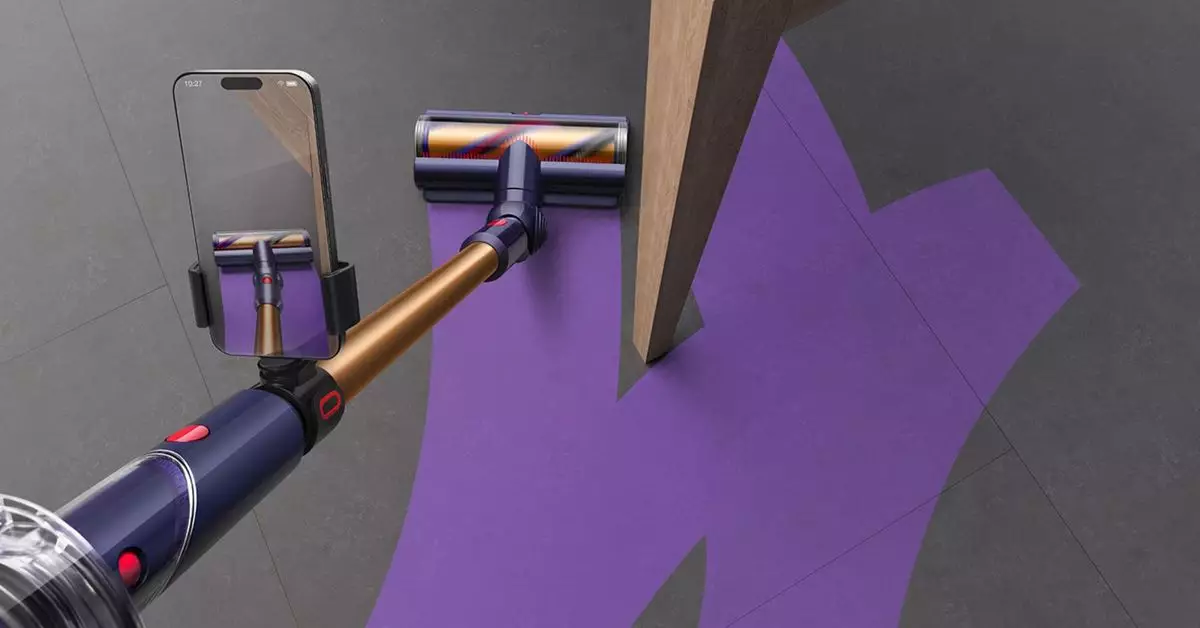Dyson, a leading brand in the vacuum cleaner industry, has introduced a new feature called CleanTrace, which utilizes augmented reality sensors in smartphones to assist users in identifying missed spots while vacuuming. This innovative technology aims to improve cleaning efficiency and accuracy, but is it a groundbreaking solution or simply a gimmick to attract consumers?
Understanding CleanTrace
CleanTrace is designed to work with the Dyson Gen5detect vacuum cleaner, utilizing the lidar scanner available on Pro or Pro Max iPhones 12 and newer models. By attaching the smartphone to the vacuum cleaner, users can visually track the areas they have vacuumed and identify any spots that may have been overlooked. This feature is intended to address the common issue of users repeatedly vacuuming the same areas and missing other spots during cleaning sessions.
The Need for CleanTrace
Dyson claims that the inspiration for CleanTrace came from the data collected from its products over the years, which revealed that consumers tend to be inefficient and haphazard in their cleaning routines. While the company credits robot vacuums for inspiring the feature, it acknowledges that traditional vacuum cleaners are still necessary due to their ability to reach areas inaccessible to robot vacuums. CleanTrace aims to provide users with an additional layer of assurance by visually confirming the cleanliness of their floors.
Despite the potential benefits of CleanTrace, some skeptics question its necessity, especially considering the built-in features of the Gen5detect vacuum cleaner. The device already includes features like a green headlight to make dirt visible, raising doubts about the additional value of CleanTrace. Furthermore, it remains unclear whether the app integrates information from the vacuum itself to validate the cleaning process, raising questions about its effectiveness.
While Dyson has focused on developing CleanTrace for its Gen5detect model, there is speculation about the feature’s compatibility with other vacuum cleaners. The illustrations provided by Dyson suggest that the software can accurately detect the vacuum’s head for precise tracking. However, critics argue that third-party developers could potentially create similar AR apps with customizable guides for a wider range of vacuum cleaners. The main challenge lies in designing a clamp that fits securely and offers the optimal viewing angle.
CleanTrace appears to be an innovative addition to Dyson’s lineup of products, offering a unique solution to improve cleaning efficiency. While the feature may provide peace of mind to users who seek visual confirmation of their cleaning efforts, its compatibility limitations and potential redundancy raise concerns about its overall value. As technology continues to evolve in the cleaning industry, it will be interesting to see how Dyson’s CleanTrace feature fares and whether it truly revolutionizes the way we clean our homes.


Leave a Reply
You must be logged in to post a comment.